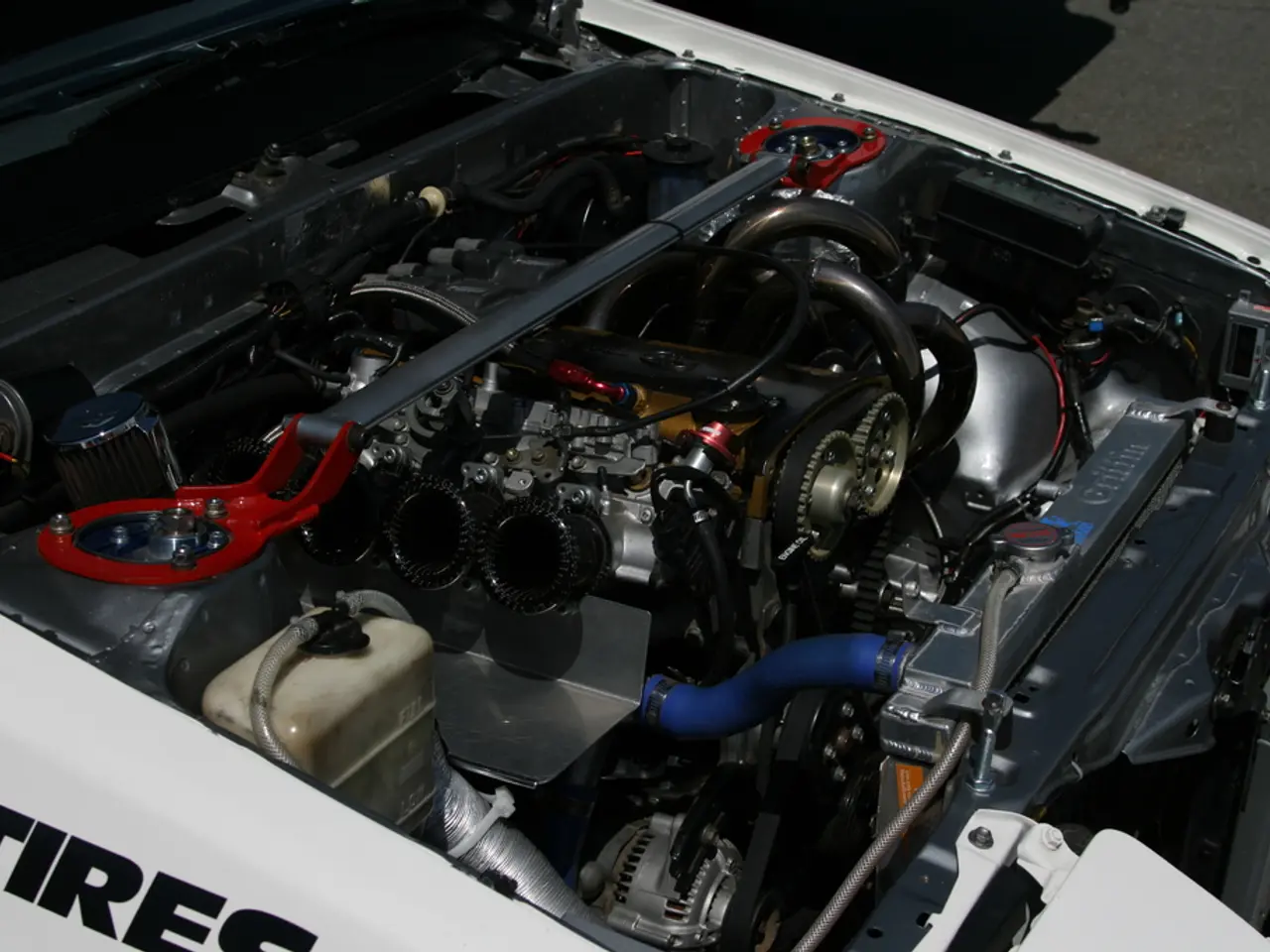Impact of BESSEmergency Response and Safety Instrumented System (BES) on India's Energy Evolution
India's National Electricity Plan (NEP) 2023 is set to address the variability and intermittency of renewable power through the deployment of utility-scale Battery Energy Storage Systems (BESS) with a target capacity of approximately 41.65 GW/208.25 GWh by 2032. These storage systems are integral to ensuring grid stability, energy security, and system flexibility as renewable energy penetration surges.
The NEP-2023 plans to use BESS in several key ways:
- Integration of renewable energy sources, mainly solar and wind, by smoothing their variable output and managing intermittency.
- Supporting hybrid and round-the-clock (RTC) renewable generation models by coupling renewables with BESS, enabling continuous power supply beyond daylight or windy periods.
- Facilitating grid flexibility along with fast-ramping thermal units and gas-based peaking plants, thus supporting reliable power output despite fluctuations.
- Enabling system reliability and resource adequacy through energy storage, thereby reducing dependence on coal, especially beyond 2026-27 when coal capacity additions will be limited.
- Enhancing cost efficiency, with solar-battery hybrids projected to become as or more cost competitive than conventional generation by the end of the decade.
India’s strategy aligns with its broader commitment to significantly increase non-fossil fuel capacity to about 62% by 2029-30. Additionally, initiatives such as improved coal plant flexibility, grid-forming inverters, and reactive power management complement the role of BESS in managing renewable variability.
The plan also involves policy support, grid infrastructure investment, and market reforms to enable effective BESS deployment. However, challenges remain, such as revenue-stack uncertainty due to the lack of a firm market for capacity, voltage support, or black-start services. Grid-readiness is hindered by the lag in SCADA, EMS upgrades, with only 35% substations having real-time visibility for BESS dispatch.
Battery Energy Storage System (BESS) is a grid-connected ensemble of batteries, power-conversion equipment, and control software that stores electricity chemically for later dispatch. The Total-Cost-of-Ownership (TCO) for Li-ion BESS has fallen ~90% since 2010, making it a more viable option for large-scale deployment.
Notably, Australia's Hornsdale Power Reserve, a 150 MW / 194 MWh BESS, saved consumers AUD 150 million in 2 years and demonstrated the value of Fast Frequency Response. Similarly, operational utility-scale BESS in India is ~530 MWh, led by the 20 MW / 40 MWh Kilokari-Delhi project.
However, concerns persist regarding technological lock-in and recycling issues due to the absence of producer-responsibility norms and the potential for end-of-life Li-ion waste to reach 1.5 lakh tons per year by 2035. Access to critical minerals like lithium is also a geopolitical risk as 85% of lithium processing is done in China.
The Inflation Reduction Act (2022) in the United States made stand-alone storage an investment-grade asset class by offering 30% Investment Tax Credit plus bonus. China's national BESS fleet is projected to double in one year to 74 GW / 168 GWh by 2024, primarily through central auction and grid firming mandate.
In conclusion, India’s NEP-2023 promotes a large-scale rollout of utility BESS to balance the grid, maximize renewable energy utilization, and transition towards a cleaner, resilient electricity system by 2032. This strategy is aligned with India's broader commitment to significantly increase non-fossil fuel capacity and address the challenges of renewable energy integration.
[1] Ministry of Power, Government of India. (2023). National Electricity Plan-2023. [2] International Renewable Energy Agency (IRENA). (2024). Global Energy Transition Outlook. [3] Council on Energy, Environment and Water (CEEW). (2023). Grid Integration of Renewable Energy: Opportunities and Challenges.
- To ensure the successful implementation of India's cleaner, resilient electricity system, the strategy involves not only the large-scale rollout of utility-scale Battery Energy Storage Systems (BESS) but also policy support, grid infrastructure investment, and market reforms for effective BESS deployment.
- Aligning with the mains goal of significantly increasing non-fossil fuel capacity, sports like solar and wind energy, combined with BESS, will play a pivotal role in India's economy, enhancing cost efficiency and providing a reliable, round-the-clock power supply, regardless of the weather conditions.





